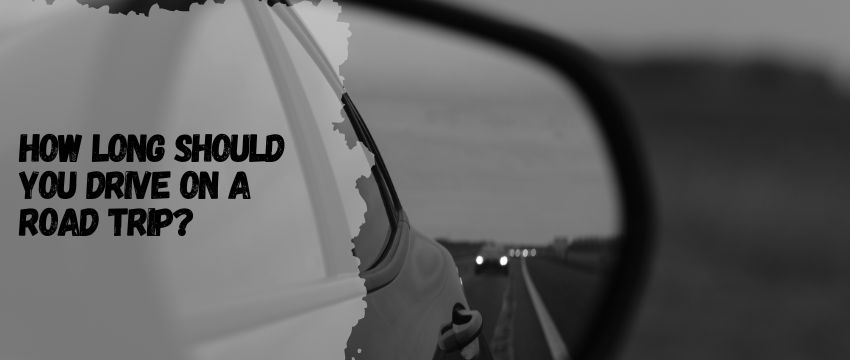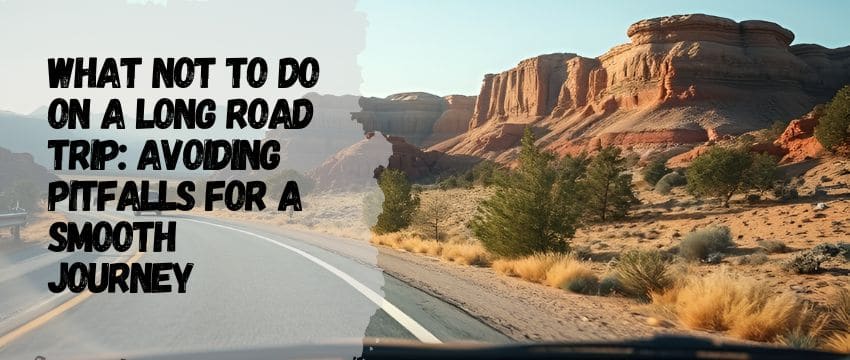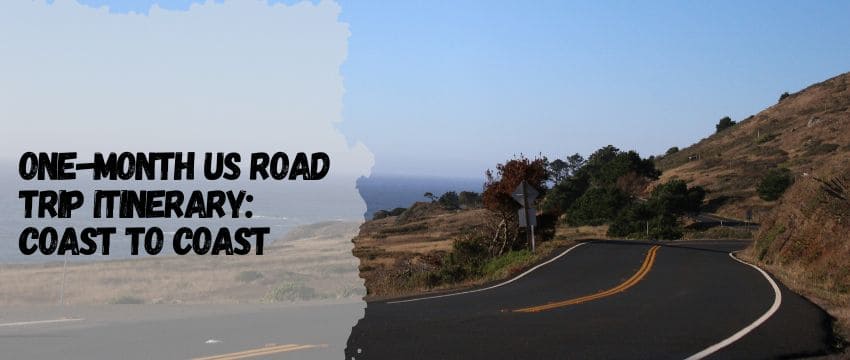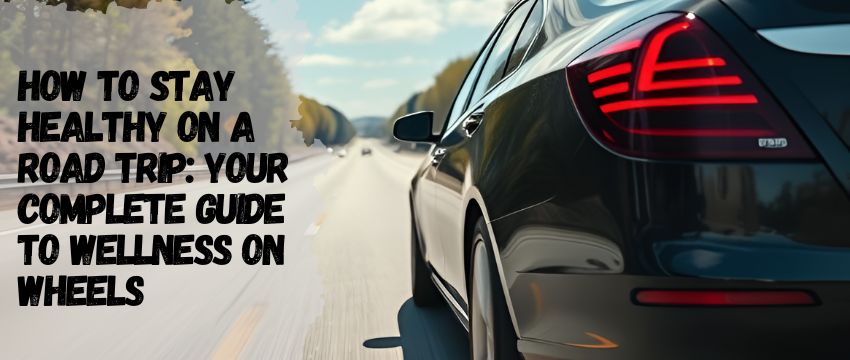Introduction: The Allure and Challenge of a 12-Hour Journey
A 12-hour drive is a rite of passage for many road trippers, offering a blend of freedom, adventure, and self-reliance. Whether you’re traversing the vast plains of Texas, winding through the Appalachian Mountains, or cruising California’s Pacific Coast Highway, this journey demands meticulous planning and resilience. Unlike shorter trips, a 12-hour drive tests your endurance, organizational skills, and adaptability. This guide equips you with strategies to transform a daunting marathon into an enjoyable voyage, covering preparation, execution, and recovery. Let’s embark on a detailed exploration of how to navigate this milestone with confidence.
Phase 1: Pre-Drive Preparation – Building a Foundation for Success
Vehicle Readiness: Ensuring Mechanical Trustworthiness
Your vehicle is your lifeline. Begin with a thorough inspection:
- Fluids: Check oil, coolant, brake fluid, and windshield washer levels. Replace fluids if nearing intervals.
- Tires: Inspect tread depth and pressure (including the spare). Consider rotating tires if overdue.
- Brakes and Battery: Test brake responsiveness and ensure the battery terminals are corrosion-free.
- Lights and Wipers: Verify all lights function and replace worn wiper blades.
Packing Essentials: Balancing Necessity and Space
Create a checklist to avoid overpacking:
- Emergency Kit: Jumper cables, tire inflator, first-aid supplies, flashlight, and blankets.
- Comfort Items: Neck pillows, reusable water bottles, and layered clothing for temperature shifts.
- Navigation Tools: Physical maps (as backup), phone mounts, and charger cables.
Route Planning: Optimizing Efficiency and Enjoyment
Use apps like Google Maps or Roadtrippers to:

- Avoid Traffic Hotspots: Schedule departure to bypass urban rush hours (e.g., leave NYC by 5 AM to miss morning gridlock).
- Identify Rest Stops: Plot intervals every 2–3 hours (e.g., Pennsylvania’s service plazas on I-80).
- Scenic Detours: Enhance the drive with landmarks like South Dakota’s Badlands en route to Denver.
Mental Preparation: Cultivating the Right Mindset
Long drives require psychological stamina:
- Set Realistic Goals: Break the drive into 3–4 segments with specific milestones (e.g., “Reach St. Louis by lunch”).
- Mindfulness Techniques: Practice deep breathing to manage stress during unexpected delays.
Phase 2: On the Road – Strategies for Endurance and Safety
Time Management: Balancing Speed and Sanity
A 12-hour drive covers approximately 750 miles (at 65 mph). Factor in:
- Fuel Stops: Every 300–400 miles, depending on your car’s range.
- Meal Breaks: 30–45 minutes for lunch to avoid post-meal drowsiness.
- Buffer Time: Add 1–2 hours for traffic, construction, or weather.
Combatting Fatigue: Staying Alert Behind the Wheel
Fatigue is a silent threat. Counteract it by:
- Scheduled Breaks: Pull over every 2–3 hours to stretch or walk (e.g., rest areas on I-40).
- Hydration and Snacks: Opt for water, nuts, and fruit over sugary drinks and chips.
- Engagement Tactics: Audiobooks, podcasts, or playlist rotations to maintain mental stimulation.
Weather and Terrain Adaptations
Anticipate regional challenges:
- Mountain Passes: Downshift on steep grades (e.g., Colorado’s I-70) to prevent brake overheating.
- Coastal Fog: Use low beams and reduce speed on routes like Oregon’s Highway 101.
- Plains Crosswinds: Grip the wheel firmly and avoid sudden moves in Kansas or Oklahoma.
Passenger Management: Keeping Companions Content
A harmonious car environment is crucial:
- Entertainment: Tablets for movies, car games like “License Plate Bingo.”
- Comfort: Adjust seat positions and climate control to individual preferences.
Phase 3: Breaks and Refueling – Maximizing Efficiency
Strategic Stopping: More Than Just Gas
Turn breaks into rejuvenation opportunities:
- Physical Activity: Walk around rest areas, do calf raises, or practice yoga stretches.
- Mental Reset: Practice gratitude journaling or call a friend to recharge.
Nutrition on the Go: Fueling Without Fatigue
Choose snacks that sustain energy:
- Protein-Rich: Jerky, hard-boiled eggs, or Greek yogurt.
- Complex Carbs: Whole-grain crackers or oatmeal bars.
- Hydration: Sip water steadily—enough to stay alert but not enough for constant stops.
Phase 4: Navigating Challenges – Problem-Solving on the Move
Unexpected Obstacles: From Detours to Breakdowns
Prepare for the unpredictable:
- Road Closures: Use Waze for real-time rerouting.
- Medical Emergencies: Keep a list of urgent care centers along your route (e.g., via Yelp).
Technology as Your Co-Pilot
Leverage apps to enhance safety:
- GasBuddy: Locate the cheapest fuel.
- iExit: Find upcoming amenities on interstates.
Phase 5: Post-Drive Recovery – Ending Strong
Vehicle Check-In: Post-Journey TLC
- Inspect Tires and Fluids: Look for leaks or wear.
- Clean Interior: Discard trash to reset for the next drive.
Personal Recovery: Rest and Reflection
- Stretch: Focus on hamstrings and lower back.
- Hydrate and Sleep: Replenish fluids and aim for 7–9 hours of sleep.
12-Hour Drive Essentials: Quick-Reference Table
Category | Key Elements |
|---|---|
Vehicle Prep | Fluid check, tire inspection, emergency kit, spare tire. |
Route Planning | Traffic avoidance, rest stop intervals, scenic detours. |
Driving Tips | 2–3 hour breaks, hydration, audiobooks, weather adaptation. |
Health & Safety | Protein snacks, stretching exercises, first-aid kit, fatigue management. |
Tech Tools | Waze, GasBuddy, Spotify, car charger. |
Conclusion: The Road Ahead Awaits

A 12-hour drive is a test of preparation and perseverance. By prioritizing vehicle readiness, strategic breaks, and mental resilience, you’ll not only survive but thrive on this journey. Embrace the open road as a canvas for adventure, and let each mile deepen your love for exploration.
FAQs
1. How long should a road trip take?
A road trip’s duration depends on distance, stops, and traffic. A 500-mile trip averages 8–10 hours with breaks. Factor in sightseeing; for example, Route 66 from Chicago to LA spans 2–3 weeks. Always add a 20% time buffer for unexpected delays.
2. What is the safest time to drive on the highway?
Early mornings (5–7 AM) on weekdays offer minimal traffic and alert drivers. Avoid late nights (12–4 AM) due to drowsy or impaired motorists. Clear weather in spring/fall enhances safety compared to winter storms.
3. Is it a good idea to go on a road trip?
Yes, road trips offer flexibility, cost savings, and unique discoveries. They foster bonding and allow spontaneous detours, like visiting a roadside attraction. However, success hinges on planning for emergencies and fatigue.
4. Why do you stop on a road trip?
Stops prevent driver fatigue, reduce blood clots, and refresh focus. They allow refueling, exploring landmarks (e.g., Cadillac Ranch), and enjoying local cuisine. Scheduled breaks also help maintain vehicle performance.
Equip yourself with knowledge, hit the road, and let the journey transform you. 🚗✨
Our team is creating outdoor-gear relevant articles with passion. If our articles can help you to find the correct solutions for your questions, we will be happy about that. In the content creation process, we usually collect accurate and useful information online or offline to compile our content in an organized way. Consequently, we can guarantee that you can discover some expected answers to your questions. We appreciate your time on our site.










